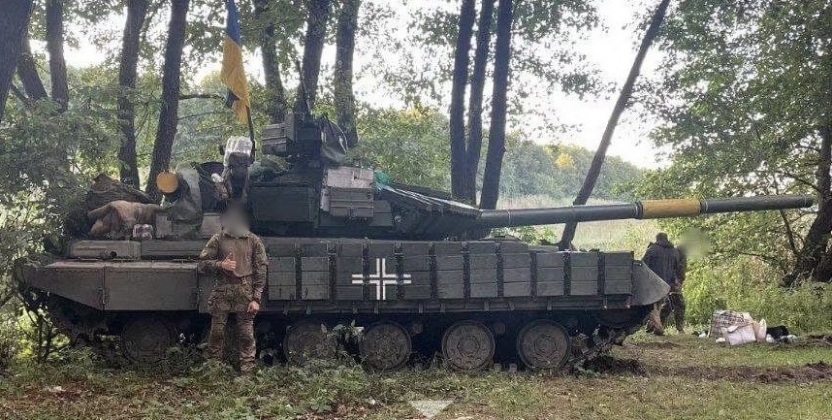News
A Year Into the War Ukraine Fields 10 Times More T-72 Tanks Than it Did at the Start: How Have Numbers Surged?
A year after the outbreak of the Russian-Ukrainian War the future outcome of the conflict is expected to increasingly be determined by the supplies of armaments as the stockpiles and defence sectors of Russia and NATO show growing signs of struggling to keep up with the needs of the front. As a result of Western efforts to ensure a victory for Kiev, Ukraine’s ground forces have become the most heavily armed in Europe with extreme quantities of tanks, artillery, and various missile systems among other hardware pouring into the country from across the Western world. These have built on the already massive quantities of armaments which Ukraine inherited after the disintegration of the Soviet Union, and have left the significantly outnumbered Russian forces in the country facing the risk of a major disadvantage in firepower as well. One of the most high profile weapons types exported to Ukraine have been battle tanks, and while the primary tank of the Ukrainian Army the T-64 is scarcely fielded outside the country, its secondary tank the T-72 has seen more units very widely supplied from across multiple NATO member states. The result, despite significant battlefield losses for Ukrainian armour, has been a significant growth in the numbers of T-72s in service.

At the beginning of 2022 the Ukrainian Army fielded approximately 100 T-72s, which served in a supporting role alongside over 700 T-64s. Approximately 800 more T-72s were in storage in the country. Numbers quickly grew as initial failures in the Russian war effort led to the capture of very large numbers of Russian Army T-72s by Ukrainian forces – with some Western sources placing the figure for captured T-72s alone at 300. These included the T-72B3Ms which immediately became one of the most capable tanks in Ukrainian service. Beyond these captured vehicles. Donors of T-72s acquired in the Soviet era included Poland, North Macedonia, Bulgaria and the Czech Republic, with the United States and the Netherlands also having fielded small numbers which were transferred to Ukraine. Poland alone donated close to 250 T-72s with more set to be delivered in the coming months.
Morocco too, as one of very few non-Western countries to take a side on the conflict, provided T-72s from its own reserves which arrived in Ukraine in January 2023. Depending on the state of the T-72s in storage, this could give Ukraine a fleet of close to 1000 T-72 tanks – a number which may grow further still as Morocco in particular, which fields several hundred, could be looked to for more supplies. The tanks captured from Russia are considered the most capable among these, with the large majority of Russian T-72s being variants of the T-72B design – where Ukraine’s own inventory was comprised primarily of the older T-72A. Although Ukraine is set to receive Western tanks, namely the British Challenger 2, German Leopard 2 and American M1A2 Abrams, these all required more maintenance and crew, struggle to use many kinds of roads and bridges, and require different ammunition calibers. The As the most widely available Soviet tank class, the T-72 has thus become a particularly prized asset.












